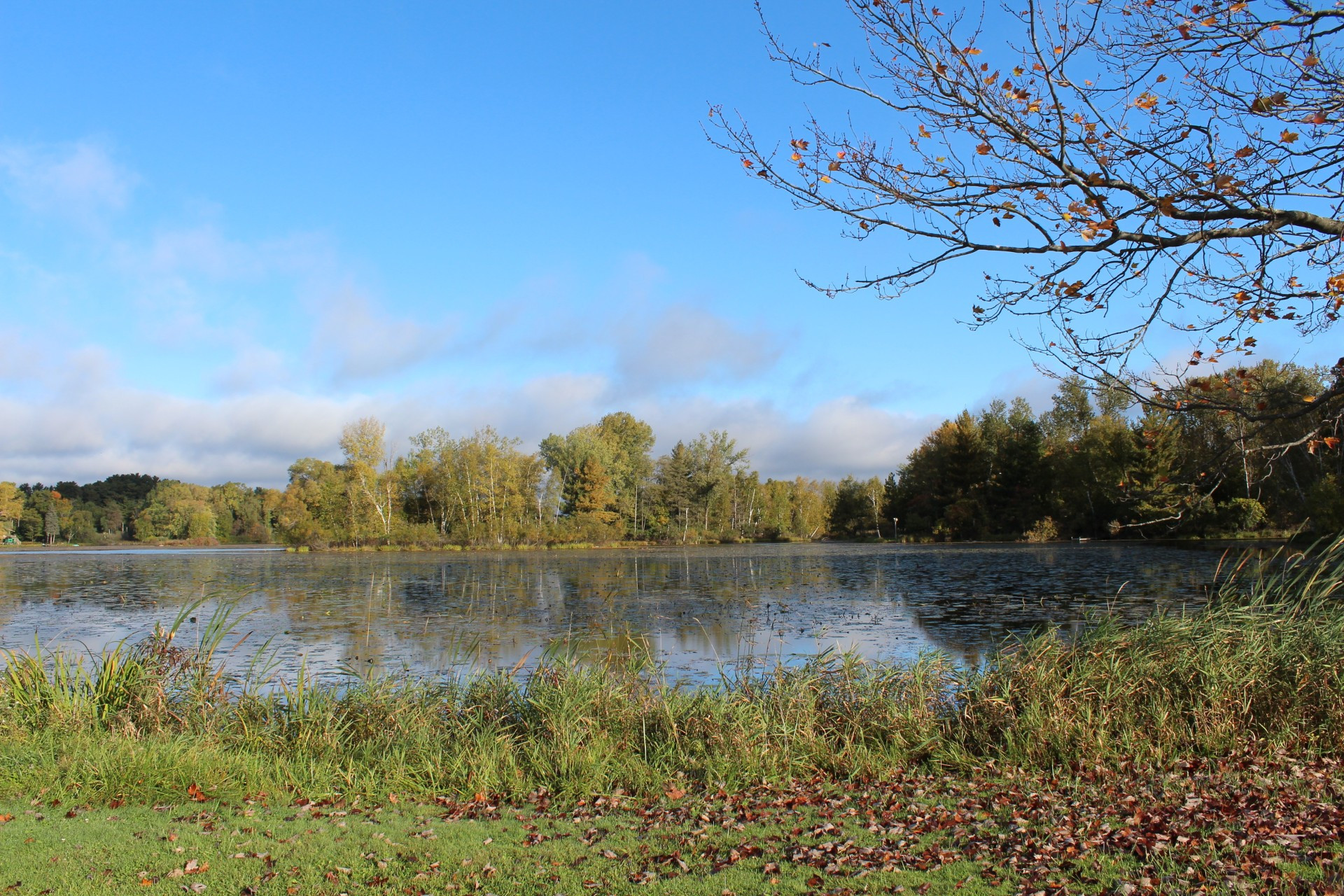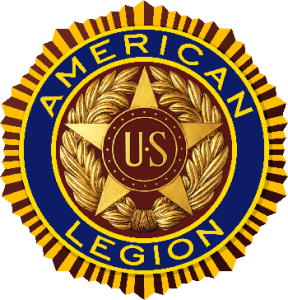FLAG ETIQUETTE
The U.S. Flag Code formalizes and unifies the traditional ways in which we give respect to the flag, also contains specific instructions on how the flag is not to be used.
The following is a list of do’s and don’ts associated with Old Glory, the U.S. Flag.
When displaying the flag, DO the following:
- Display the U.S. flag from sunrise to sunset on buildings and stationary flagstaffs in the open. When a patriotic effect is desired the flag may be displayed 24-hours a day if properly illuminated during the hours of darkness.
- When placed on a single staff or lanyard, place the U.S. Flag above all other flags.
- When flags are displayed in a row, the U.S. flag goes to the observer’s left. Flags of other nations are flown at same height. State and local flags are traditionally flown lower.
- When used during a marching ceremony or parade with other flags, the U.S. Flag will be to the observer’s left.
- On special days, the flag may be flown at half-staff. On Memorial Day it is flown at half-staff until noon and then raised.
- When flown at half-staff, should be first hoisted to the peak for an instant and then lowered to the half-staff position. The flag should be again raised to the peak before it is lowered for the day. By “half-staff” is meant lowering the flag to one-half the distance between the top and bottom of the staff.
- When the flag is displayed over the middle of the street, it should be suspended vertically with the union (blue field of stars) to the north in an east and west street or to the east in a north and south street.
- When placed on a Podium the flag should be placed on the speaker’s right or the staging area.
- Other flags should be placed to the left.
- When displayed either horizontally or vertically against a wall (or other flat surface), the union (blue field of stars) should be uppermost and to the flag’s own right, that is, to the observer’s left.
- When displayed in a window it should be displayed in the same way — with the union or blue field to the left of the observer in the street.
- When the flag is displayed on a car, the staff shall be fixed firmly to the chassis or clamped to the right fender.
- When the flag is used to cover a casket, it should be so placed that the union is at the head and over the left shoulder. The flag should not be lowered into the grave or allowed to touch the ground.
When saluting the flag DO the following:
- All persons present in uniform (military, police, fire, etc.) should render the military salute. Members of the armed forces and veterans who are present but not in uniform may render the military salute.
- All other persons present should face the flag and stand at attention with their right hand over the heart, or if applicable, remove their headdress with their right hand and hold it at the left shoulder, the hand being over the heart.
- When stowing or disposing of the flag, DO the following:
- Fold in the traditional triangle for stowage, never wadded up.
- The VFW offers the following instructions for properly disposing of a worn flag:
- The flag should be folded in its customary manner.
- It is important that the fire be fairly large and of sufficient intensity to ensure complete burning of the flag.
- Place the flag on the fire.
- The individual(s) can come to attention, salute the flag, recite the Pledge of Allegiance and have a brief period of silent reflection.
- After the flag is completely consumed, the fire should then be safely extinguished and the ashes buried.
- Please make sure you are conforming to local/state fire codes or ordinances.
- Quick list of Flag Etiquette Don’t's:
- Don’t dip the U.S. Flag for any person, flag, or vessel.
- Don’t let the flag touch the ground.
- Don’t fly flag upside down unless there is an emergency.
- Don’t carry the flag flat, or carry things in it.
- Don’t use the flag as clothing.
- Don’t store the flag where it can get dirty.
- Don’t use it as a cover.
- Don’t fasten it or tie it back. Always allow it to fall free.
- Don’t draw on, or otherwise mark the flag.
- Don’t use the flag for decoration. Use bunting with the blue on top, then white, then red.
Sheveland-Taylor
American Legion Post 14
WHAT IS A VETERAN
A “Veteran” whether active duty, discharged, retired or reserve – is somebody who, at one point in his or her life, wrote a blank check made payable to “The United States of America” for the amount of “Up to and including his or her LIFE.”
IT IS THE VETERAN
It is the VETERAN, not the preacher, who has given us the freedom of religion.
It is the VETERAN, not the reporter, who has given us freedom of the press.
It is the VETERAN, not the poet, who has given us the freedom of speech.
It is the VETERAN, not the lawyer, who has given us the right to a fair trial.
It is the VETERAN, not the politician, who has given us the right to vote.
It is the VETERAN, who salutes the Flag, who serves under the Flag, whose coffin is draped by the Flag.
Charles M. Province - Author
SOLDIER’S PRAYER
I was that which others did not want to be.
I went where others feared to go, and did what others failed to do.
I asked nothing from those who gave nothing, and reluctantly accepted the thought of eternal loneliness…should I fail.
I have seen the face of terror; felt the stinging cold of fear, and enjoyed the sweet taste of a moment’s love.
I have cried, pained, and hoped…but most of all, I have lived times others would say were best forgotten.
At least someday I will be able to say that I was proud of what I was…a soldier.
Author George L. Skypeck
TAPS
Day is done, gone the sun
From the hills, from the lake
From the sky
All is well; safely rest
God is nigh
Fades the light, and a far
Goeth day, and the stars
Shineth bright
Fare thee well, day has gone
Night is on
Thanks, and praise, for our days
‘Neath the sun, ‘Neath the stars
‘Neath the sky
As we go, this we know
God is nigh
Meetings
The American Legion Meets every second Tuesday of every month at 7:00 PM at the 160 Depot Street, Iola WI 54945. Please come down and Join us!!
To Join the American Legion please contact:
Officers:
Commander: David Leder
Vice Commander: Gene Wasrud
Adjutant: James Wasrud
Finance Officer: Eugene Knutson
Chaplain: Jon Beyer
Sgt-at-Arms: Norman Ehrenberg
Service Officer: Ronald Radloff

